With a summer of sport ahead, big lager brands are focusing on premium NPD and trying to adapt promotions in supermarkets
The industry is often warned there will come a time when the level of supermarket promotions in a category can’t be sustained. For lager, that time may have already passed.
Volume sales of some of the giants of the lager market - Stella, Carlsberg, Carling and others - are in sharp year-on-year decline in the supermarkets and yet are faring better in the wider off-trade market.
Take Carling, for example - volume sales are down 9.1% in the mults while up 6.1% in the overall off-trade. It’s a story repeated, to varying degrees, across the big brands.
With only weeks to go before a season of sport and celebration, why are Britain’s biggest lager brands falling flat with supermarket shoppers?
One factor working against the biggest stores has been the trend for shoppers buying smaller packs more often - frequently from c-stores.
“People are cutting back and may sometimes buy four-packs or single bottles in local stores rather than a 15 to 20-bottle pack in a supermarket,” says Sainsbury’s beer buyer Oliver Chadwyck-Healey.
But for many observers, the big issue has been a reduction in promotional activity. As has been seen many times in the past, a drop in supermarket deals on a big-name lager brand will often bring a drop in sales.
In the first four months of this year, the top five lager brands ran a total of 554 featured space promotions with an average saving of 14.6%, compared with 732 in the same period in 2011 with an average saving of 18% [Assosia].
Fewer deals mean fewer sales, but opinion is divided on the reason for the reduction in promotions. One supermarket supplier claimed brewers were sick of having requests for price increases turned down by buyers and - against a backdrop of rising costs and the duty escalator - were refusing to support promotions.
Brewers under pressure
Even the biggest brewers are under pressure. In January this year, just weeks after AB InBev initiated a 7.8% hike, it cut the abv of Stella Artois, Budweiser and Beck’s from 5% to 4.8%. The move was repeated by Carlsberg on Export.
“Margins must have become pretty thin in the UK for AB InBev to reduce abv. They may think long-term discounting is simply unsustainable given the substantial cost rises along the supply chain,” says Mintel drinks analyst Jonny Forsyth.
Some brewers are prepared to play hardball, says one supplier who refuses to be identified. “We won’t fund promotions if they won’t give us a price increase - it is all part of the balance of power,” he adds.
Should there be a long-term drop in promotional activity, the real losers could be the supermarkets, warns David Ware, head of grocery at retail analysts SymphonyIRI. “Putting less into promotional activity will help to raise brands’ margins so the ultimate losers are the retailers.”
And many observers feel it is high time the big brands sought to bring monetary and brand value back to the lager category.
Commenting on the drop in sales of Stella Artois, Mintel’s Forsyth doesn’t pull his punches: “What has happened to the much-vaunted brand if it has become so reliant on discounting to shift volumes? The brand equity has been dragged through the mud by consistent supermarket discounting.”
Some brewers have turned to NPD to add value to their brands. The most notable of these has been the launch last July of premium brand extension Foster’s Gold, which has contributed to off-trade value sales of the overall brand rising 17.3% year-on-year [SymphonyIRI 52w/e 14 April 2012] - ahead of any of its top-five rivals. Carling also introduced a premium bottled lager to its range in the shape of Carling Chrome last year, and in March added limited-edition 2.8% abv citrus beer Carling Zest to its portfolio.
Raising the value of brands and reducing deep discounting deals will also help insulate the market against the introduction of a minimum price on alcohol, adds Forsyth. “It is no bad thing to start preparing people for price rises.”
Boom in own-label lager
For branded players, one potential benefit of minimum pricing is that it is likely to be particularly damaging to the lowest end of the own-label lager market. The brands’ woes have been compounded over the past year by a boom in own-label lager, which has risen 23.9% by volume and 24.5% by value in the supermarkets to £70m - although this is still less than a quarter of the size of Stella.
Own-label is just one of the categories pressurising lager - in terms of consumer spend and space in store. World beers and alcoholic ginger beer are tempting drinkers away from mainstream lager, although cider has had by far the biggest impact.
“Cider has been in huge growth over recent years so we have given more room to it - and that space has to come from somewhere,” says Sainsbury’s Chadwyck-Healey. “In the case of a big lager brand with a wide range of pack sizes, this is one place for us to take space from.”
While no-one is suggesting heavyweight lager promotions will disappear, retailers and the big brands can no longer rely on selling pallets of lager at rock-bottom prices.
They will need to adapt their promotional offer - one observer suggested cross-promoting lager with barbecue products, for example - while adding value as demonstrated by last year’s premium launches from Carling and Foster’s.
In the year of the Olympics, it’s apt that a product called Gold may be showing the lager market the way to go.


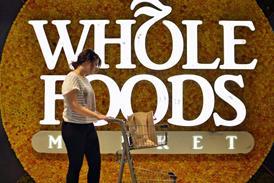
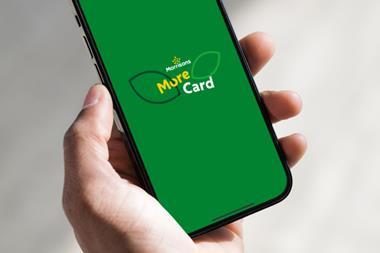
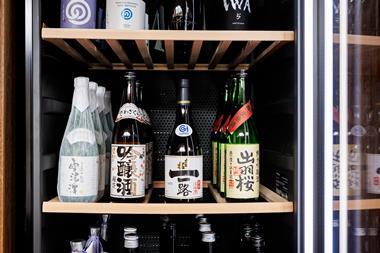
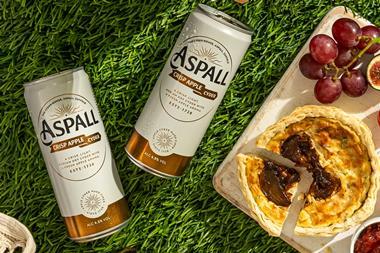
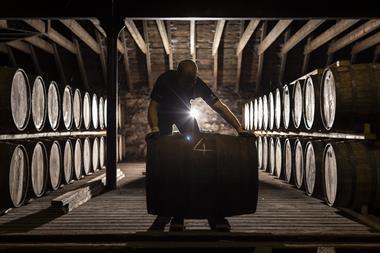
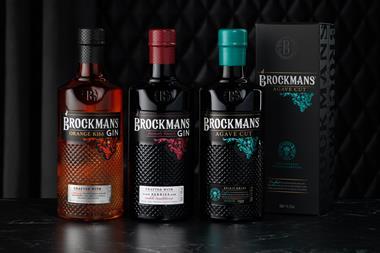

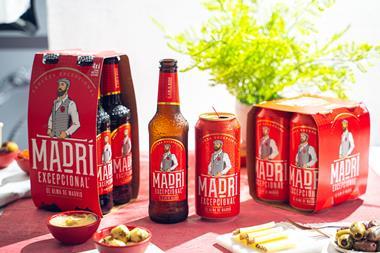
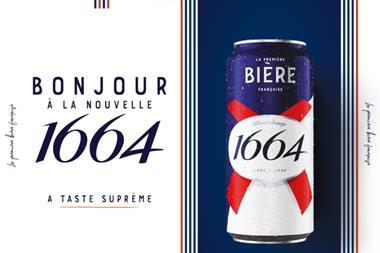
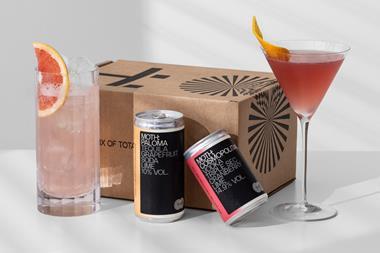

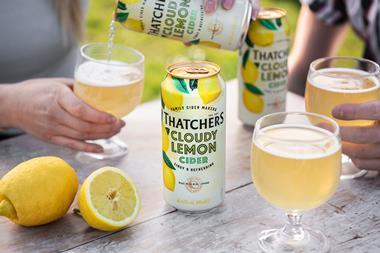
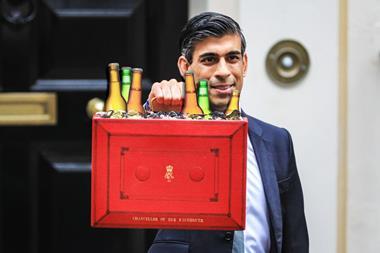
No comments yet